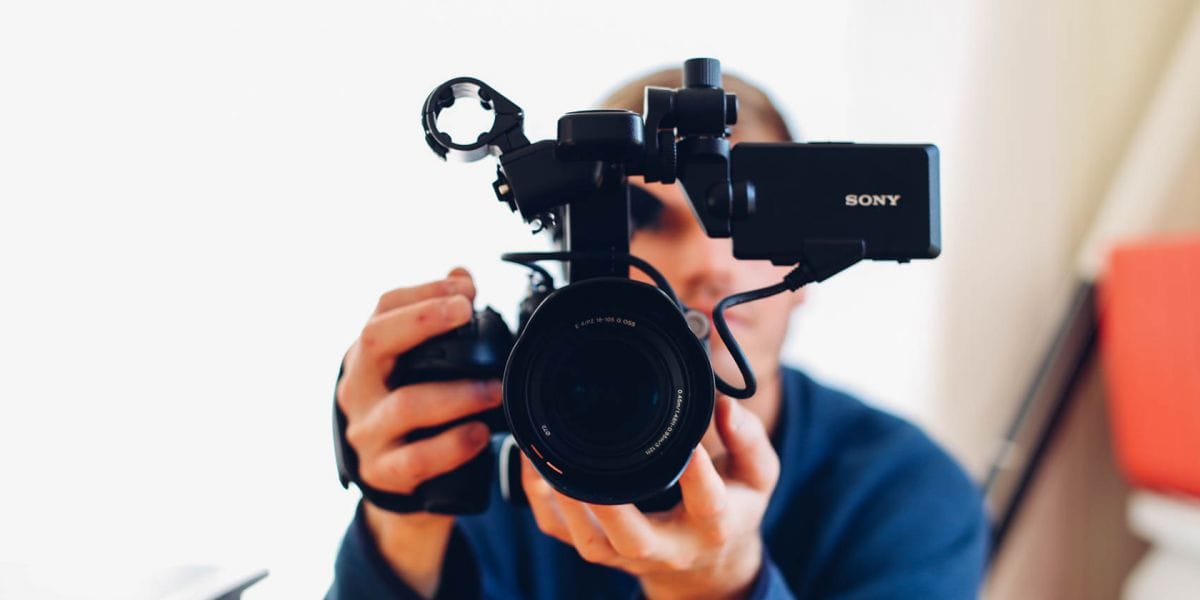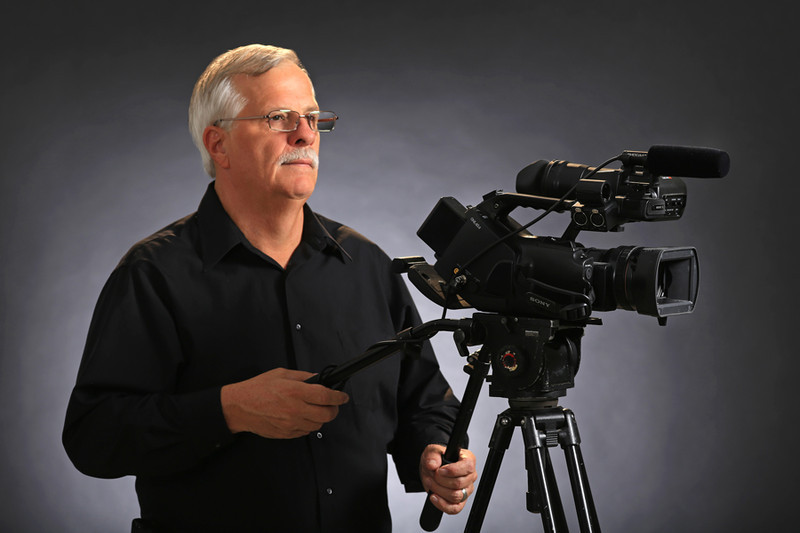How Legal Videography Plays a Crucial Role in Modern Legal Practices
How Legal Videography Plays a Crucial Role in Modern Legal Practices
Blog Article
Why Lawful Videography Is Crucial for Accurate Court Recordings
The role of legal videography in court room settings can not be overemphasized, as it offers as an essential device for maintaining the honesty of court documents. The effects of integrating lawful videography into common court room methods raise vital inquiries concerning its more comprehensive effect on the lawful system.
Relevance of Visual Evidence
In the realm of lawful proceedings, the importance of aesthetic proof can not be overstated. Visual proof acts as a powerful device in establishing facts, corroborating testaments, and improving the total clearness of a situation. This kind of evidence, that includes photographs, videos, and representations, can supply a concrete context that spoken summaries commonly do not have, thereby providing juries and judges a more clear understanding of the situations surrounding a case.
Additionally, aesthetic proof help in the retention of details. Human cognition is naturally aesthetic, and people are much more likely to bear in mind and comprehend information offered in a visual format. In the court room, this can be important, as engaging aesthetic proof can guide viewpoints and enhance the narrative provided by lawful reps.
Additionally, the usage of visual evidence can lessen misconceptions and obscurities that typically develop from spoken exchanges. By supplying a direct representation of events, aesthetic proof aids to remove subjective interpretations and promotes a much more unbiased exam of the realities. As a result, the assimilation of aesthetic proof into legal proceedings not only enhances the integrity of the judicial procedure however additionally enhances the possibility of achieving a just outcome.
Catching Non-Verbal Cues
Utilizing advanced videography strategies can significantly enhance the capture of non-verbal cues throughout lawful procedures. Non-verbal interaction, including faces, body language, and eye get in touch with, plays a vital function in sharing emotions and purposes that may not be explicitly stated in spoken testament. legal videography. Lawful videography uses high-definition electronic cameras and critical angles to guarantee that these subtle hints are recorded with clearness and accuracy
The capacity to assess non-verbal habits can supply important context to statements made during court sessions. A witness's unwillingness or confidence can be translated via their posture or motions, potentially affecting the court's assumption of credibility. In addition, making use of close-up shots can help concentrate on a speaker's expressions, allowing for an extra nuanced understanding of the testament.
Moreover, incorporating several electronic camera angles can develop a thorough view of interactions, highlighting characteristics between celebrations included. This multifaceted method not only enhances the accuracy of the court record however likewise aids in preserving the integrity of the judicial procedure - legal videography. Inevitably, recording non-verbal hints with legal videography fosters a richer, extra complete representation of courtroom procedures

Enhancing Statement Integrity
The reliability of testament can be substantially reinforced through using top quality lawful videography. Video recordings work as an objective medium that records not only the talked words of witnesses but additionally the nuances of their distribution, including tone, pacing, and psychological expressiveness. This multifaceted paperwork provides a more clear understanding of the witness's reliability and purposes, which can be essential in lawful proceedings.
In addition, legal videography lessens the possibility for misconceptions that might develop from written transcripts alone. When jurors can observe a witness's temperament and body language look at this website in combination with their testament, they are better furnished to analyze the authenticity and dependability of the proof presented. This visual context can enhance the testimonial story, making it more compelling and qualified.
Additionally, the existence of a video clip recording can hinder potential disparities in testament. Witnesses might be more cautious in their statements when they understand they are being videotaped, leading to more accurate and honest accounts. On the whole, high-quality legal videography enhances the stability of statement, making sure that the court has accessibility to a full and genuine depiction of the realities as shared by the witnesses.
Sustaining Appeals and Reviews
Lawful videography plays an essential role in supporting appeals and reviews by offering an extensive visual record of courtroom proceedings. This aesthetic documents records not just the talked words of witnesses and attorneys however also the nuances of body movement, intonation, and court room characteristics. Such elements can be critical in understanding the context of testimonies and debates offered.
In the appellate procedure, where the focus is on mistakes of regulation and procedural fairness, a video clip document can function as an important tool for appellate courts. It makes it possible for courts to evaluate the original test context, making sure that decisions are based on a full understanding of the procedures. The look at this now ability to aesthetically examine the attitude of witnesses or the interactions in between celebrations can reveal understandings that composed transcripts might neglect.

Furthermore, lawful videography can help in clarifying uncertainties in testimonies or step-by-step rulings, consequently strengthening the basis for an allure. By offering a trusted, unbiased account of what taken place in court, legal videography not just supports the stability of the lawful process yet also equips all parties included to make enlightened decisions concerning their cases.
Enhancing Court Room Processes
Enhancing courtroom effectiveness, lawful videography simplifies processes by offering instant accessibility to aesthetic documents of proceedings. This technology enables courts, lawyers, and courts to take another look at crucial statement and evidence, making sure that all events have a clear understanding of the instance. By recording the subtleties of spoken and non-verbal interaction, videography enriches the record, making it easier to grasp the context and weight of testimonies.

Additionally, video clip recordings can help with remote participation in hearings, permitting higher adaptability in organizing and participation, which is specifically important in intricate instances involving numerous stakeholders.
Conclusion
Finally, legal videography plays a vital function in ensuring precise court recordings by providing important aesthetic evidence that records both verbal and non-verbal interaction. This practice improves the reliability of statements, sustains appellate testimonials, and improves court room processes. By cultivating a thorough understanding of courtroom characteristics, lawful videography ultimately adds to Source extra equitable judicial results, enhancing the integrity of the legal system and promoting informed decision-making.
Report this page